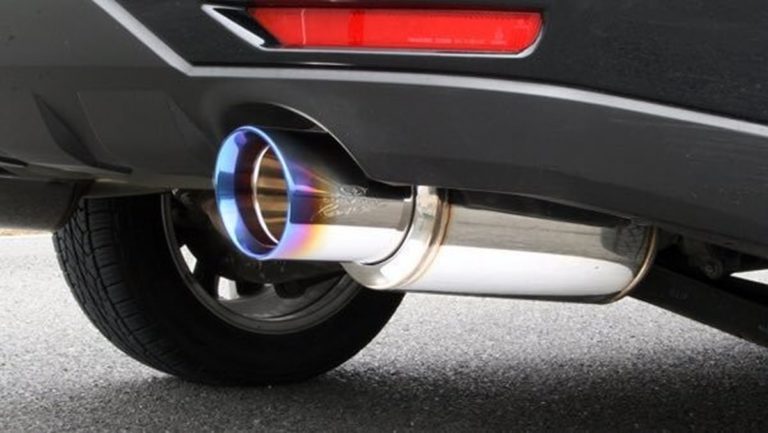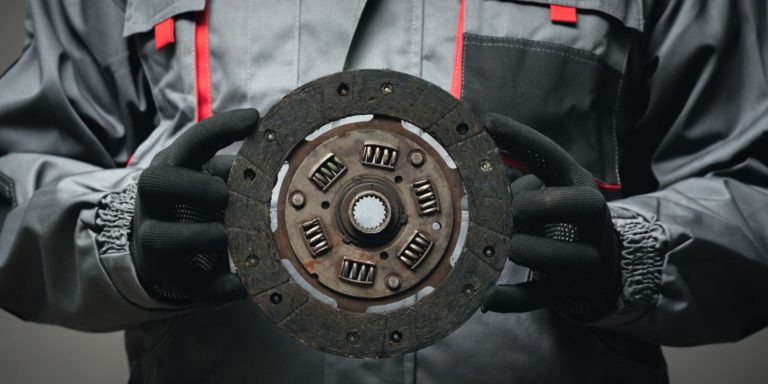If you’re a mountain bike enthusiast, the most annoying part of the experience is probably getting your bicycle from the city to the trail. You might be lucky enough to own a ute with a roof rack, where you can securely tie your bicycle. But if that’s not the case, things get complicated, and you either have to remove the wheels to fit your bike in the backseat or trunk. If you’re sick and tired of assembling and disassembling parts from your bicycle constantly, you’re likely considering a bicycles car rack.
There are many different types of bike racks for your car, and most of them are relatively inexpensive for the value you’ll get out of them. The most popular bicycles car rack types are hitch-mounted racks, roof-mounted racks, trunk-mounted racks and spare tyre mounted bike racks. In order to decide which kind of rack will be best for you, there are a few questions you should answer, including:
- How many bikes will you transport?
- What type of vehicle do you have?
- Will you be using multiple vehicles?
- What types of bikes will you transport?
- Do you want to have access to your boot?
- Is the security of the bikes or rack important?
- Does your vehicle have things like a panoramic sunroof, aftermarket bumpers, spoilers or rear-mounted spare tyres that can interfere with the bike rack?
Once you answer those questions, you’ll get an idea of what type of bike rack is best for you. Regardless, let’s discuss the different types of bike racks and their distinct advantages and disadvantages.
Roof-mounted Racks
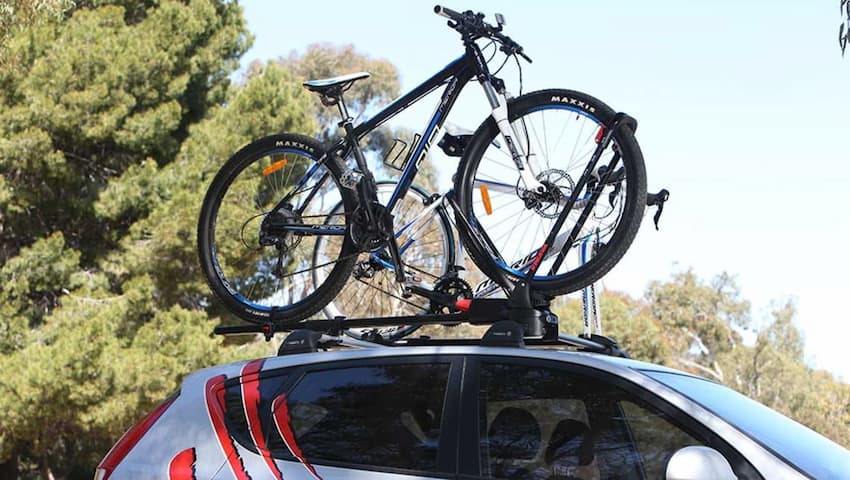
In order to install a roof-mounted bike rack, your car must be equipped with a base roof rack, which can either be stock or aftermarket installed. Roof racks are available in two basic styles – upright and fork mount. There are many different rack models available in both styles, and most of them come with locks that help secure your bikes to the rack, as well as secure the rack to the car. Here are the advantages and disadvantages of roof-mounted racks:
Advantages
- Unobstructed road visibility
- Can easily be swapped for a roof rack, ski and watersport rack
- Can easily carry multiple bikes
- Unobstructed access to your trunk
Disadvantages
- Extra drag and noise
- Difficult to put bikes on
- Can be problematic when entering or leaving garages, drive-throughs, when driving under low bridges, tree branches, etc.
Hitch-mounted Racks
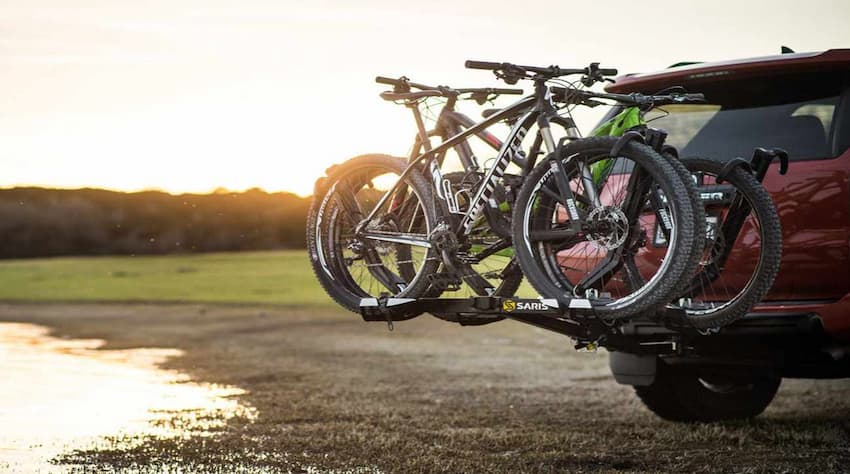
These racks, as their name implies, are mounted on the car’s hitch, meaning you’ll need to have a hitch before you even consider buying them. They’re very convenient, as long as the hitch is capable of handling the load. There are two types of hitch racks – platform and hanging. Hanging bike racks simply sling the bikes by the frame and hold them securely with the help of Velcro or rubber straps. Platform racks, on the other hand, rest the bike’s tyres in a tray, similar to how upright roof racks work. To secure the bikes, platform racks use a hooked arm over the front tyre or frame. Most hitch-mounted racks come with standard or optional features. Here are the advantages and disadvantages of hitch-mounted bike racks:
Advantages
- Easy to load and unload your bikes
- The hitch can be also used for towing
- Easy to drive through low clearance areas like garages, low bridges, etc.
- Allows you to use the roof for transporting other items, such as skis, cargo boxes, rooftop tents, watersports equipment, etc.
Disadvantages
- Obstruct the access to your trunk
- You’ll need a hitch
- The bikes or rack can obstruct your rear view
- Your vehicle will be “longer”
Trunk-Mounted Racks
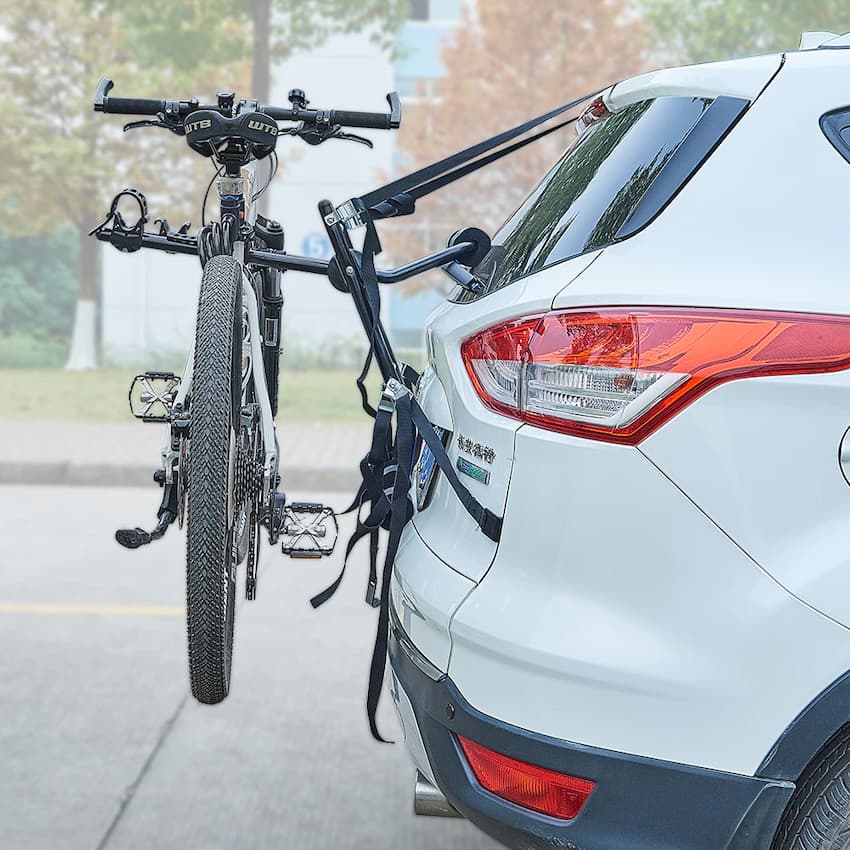
Trunk-mounted racks are arguably the most popular way to carry your bikes, no matter what type of vehicle you have. They generally clamp to your vehicle using rubber-dipped metal hooks, and they feature foam pads that are pressed up against the bumper, rear window or trunk for extra stability and support. These racks are also more affordable than the other two options, but you run the risk of scratching your vehicle when installing and removing them and the bikes.
Advantages
- Affordable
- Easy to store when not in use (can store them in the boot)
- Can use on multiple vehicles
- A great option if you’re renting a car
Disadvantages
- Multiple contact points with your vehicle
- Not as secure as the other two types of racks
- Can hold maximum 3 bikes
- May be incompatible if your vehicle has a spoiler on top of the hatchback
Spare Tyre Mounted Racks

These racks are only available in 2-bike variations, as the load is transmitted to the spare tyre bracket. They feature locking systems to safely secure the bike to the rack, and a lock to secure the rack to the tyre. All you have to do is twist a knob to remove the rack when you don’t want to use them, and they’re relatively compact, making them easy to store. It’s pretty obvious if these racks are suitable for you – if your vehicle has a spare tyre mounted on the trunk, you can use one. On the downside, if you have to transport more than two bike, you’re better off with any other option.







